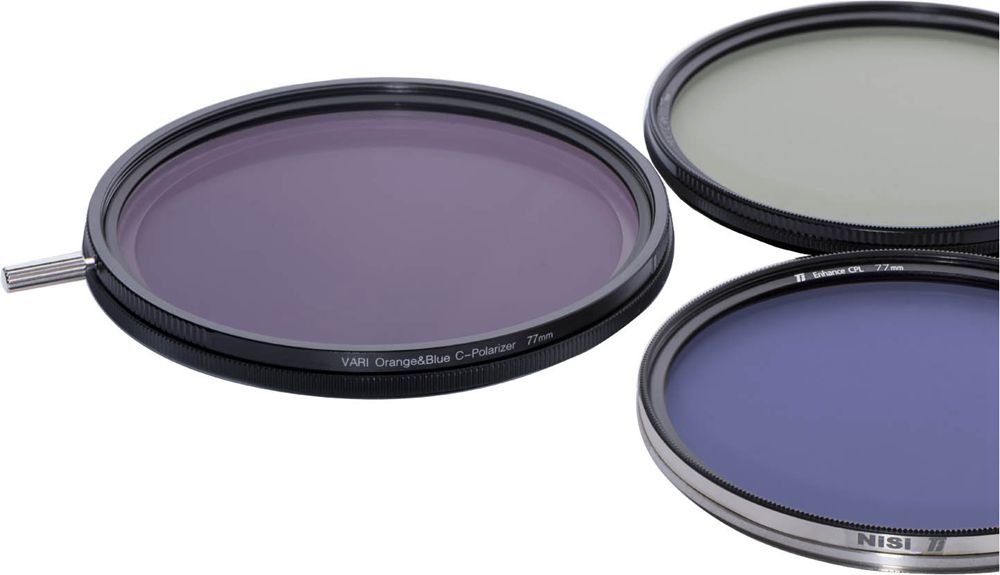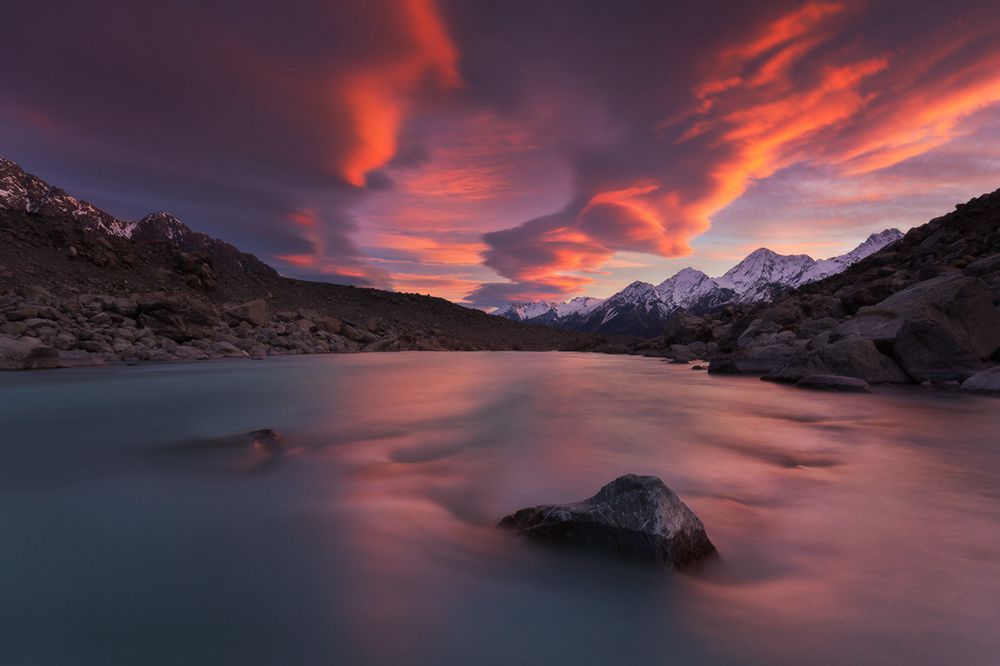What does a CPL do?

- Cuts out reflections: particularly useful for forest scenes.
- Deepens natural colours: useful for most scenes.
- Acts as a very light ND filter (1-1.5 stops): useful for seascapes in bright light.
- They are potential rainbow killers! Be wary of having a CPL on with wide angled lenses if you think a rainbow is even a possibility.
- It’s also another piece of glass that could interfere with image quality, particularly in moist situations and prolonged shooting. If I had to choose between polarisation for colours and a clean image, I would choose a clean image and remove the CPL.
What do you do with the dial?

- Its maximal effect is perpendicular to light source. If you point your index finger to the light source and poke your thumb out perpendicularly, the maximal polarisation occurs in the plane as you rotate your hand around.
- If your CPL has a dot on it, point that to the light source for maximal effect but use judgement depending on the presence of plain skies in particular.
- Don’t forget to turn the CPL if you happen to change from landscape to portrait orientation (or vice versa) otherwise one of your images will have no polarisation effects
Forest or waterfall scenes

- Use it to deepen the greens and allow a ‘see through’ effect to river beds.
- Point the ‘dot’ on the CPL up to the sky.
- Remove it if needing to keep foliage still with faster shutter, or alternatively, take separate frames with the CPL on at higher iso /larger aperture to allow adequate exposure at the desired shutter speed.
- And remember (again), turn that CPL if you change orientation!
Open skies

- Very good with long focal lengths to isolate your subject with blue skies.
- Avoid using with wide angled images especially when perpendicular to light source (or expect to have to correct in post process).
- Use it to enhance detail in clouds: be wary of patches of open sky in the clouds themselves.
- When in doubt with open skies, take the CPL off. It can be quite tricky to blend images with polarised and unpolarised images.
Seascapes

- Can enhance natural colours and reduce glare off rocks.
- Sometimes the glare or reflection shooting into sun is required/desired therefore you may not want to use the CPL.
- Sometimes in bright light, you may be using the CPL purely as a light ND filter in order to achieve 0.3-0.5 second exposures in bright light.
Conclusions
- I consider a CPL a very important part of a landscape photographer’s kit.
- If your CPL does not have a ‘dot’ I would experiment and perhaps even mark out where the ‘dot’ for maximum polarisation should be as a time saver.
- Forest scenes are where they truly allow colours to sing.
- Beware situations where you would rather not use one: plain skies, sunstars, rainbow opportunities and shutter dependent low light scenes
- Most importantly, you need to decide according to your shooting style and preferred subjects whether you invest in one. Lastly, if you do invest in one, consider using screw-on filters for shooting handheld. For tripod situations using a filter holder, I would recommend using the NiSi filter holder system which has the CPL as part of the holder itself.
NiSi Ti Enhance CPL
NiSi V6 100mm Filter Holder System
by Dylan Toh





